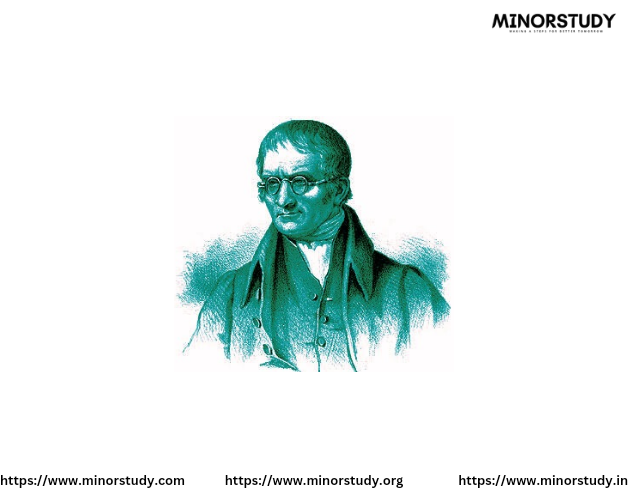Conservation of matter in chemical reactions
- Minorstudy Web blogs
- Dec 7, 2024
- 2 min read

The conservation of matter (also known as the law of conservation of mass) states that matter cannot be created or destroyed in a chemical reaction. Instead, the total mass of the reactants (the starting substances) must be equal to the total mass of the products (the substances formed after the reaction).
Key Principles of Conservation of Matter
Mass is conserved: In a chemical reaction, although the atoms may be rearranged to form new substances, the total number of atoms remains constant. The mass of the reactants is always equal to the mass of the products.
Atoms are neither created nor destroyed: During a chemical reaction, the atoms involved are simply rearranged. They combine in different ways to form new compounds or molecules, but no atoms are lost or gained in the process.
Chemical reactions involve rearrangement of atoms: The bonds between atoms in the reactants are broken, and new bonds are formed in the products, but the total number of atoms remains the same.
Example: The Reaction of Hydrogen and Oxygen to Form Water
Consider the reaction between hydrogen (H₂) and oxygen (O₂) to form water (H₂O):
2H2+O2→2H2O2H_2 + O_2 \rightarrow 2H_2O
Reactants: 2 molecules of hydrogen (H₂) and 1 molecule of oxygen (O₂).
Products: 2 molecules of water (H₂O).
In this reaction:
On the left side (reactants), we have 4 hydrogen atoms (from 2 molecules of H₂) and 2 oxygen atoms (from 1 molecule of O₂).
On the right side (products), we have 4 hydrogen atoms (from 2 molecules of H₂O) and 2 oxygen atoms (from 2 molecules of H₂O).
The number of atoms on both sides of the equation is equal, showing that the mass of the reactants is conserved in the products.
Why Conservation of Matter is Important in Chemistry
Balancing chemical equations: Since mass is conserved, chemical equations must be balanced to reflect this principle. The number of atoms of each element on the reactant side must be equal to the number of atoms of that element on the product side.
Understanding reactions: The conservation of matter helps scientists predict the outcome of chemical reactions. By knowing the mass and composition of the reactants, the mass and composition of the products can be calculated.
Environmental and industrial applications: In chemical engineering, pharmaceuticals, environmental science, and other fields, the conservation of matter is crucial for understanding reaction yields, waste production, and efficiency.
In Summary:
The conservation of matter ensures that in any chemical reaction, the total mass of reactants equals the total mass of products. The atoms involved in the reaction are rearranged but are not created or destroyed. This principle underlies the study of chemical reactions and is fundamental in both theoretical and practical chemistry.











Comments